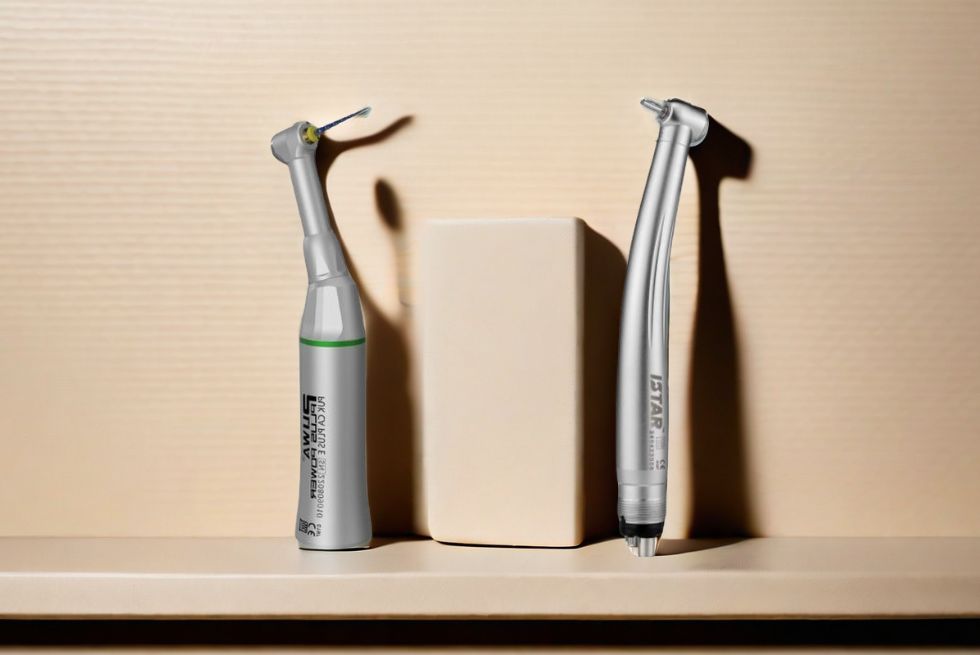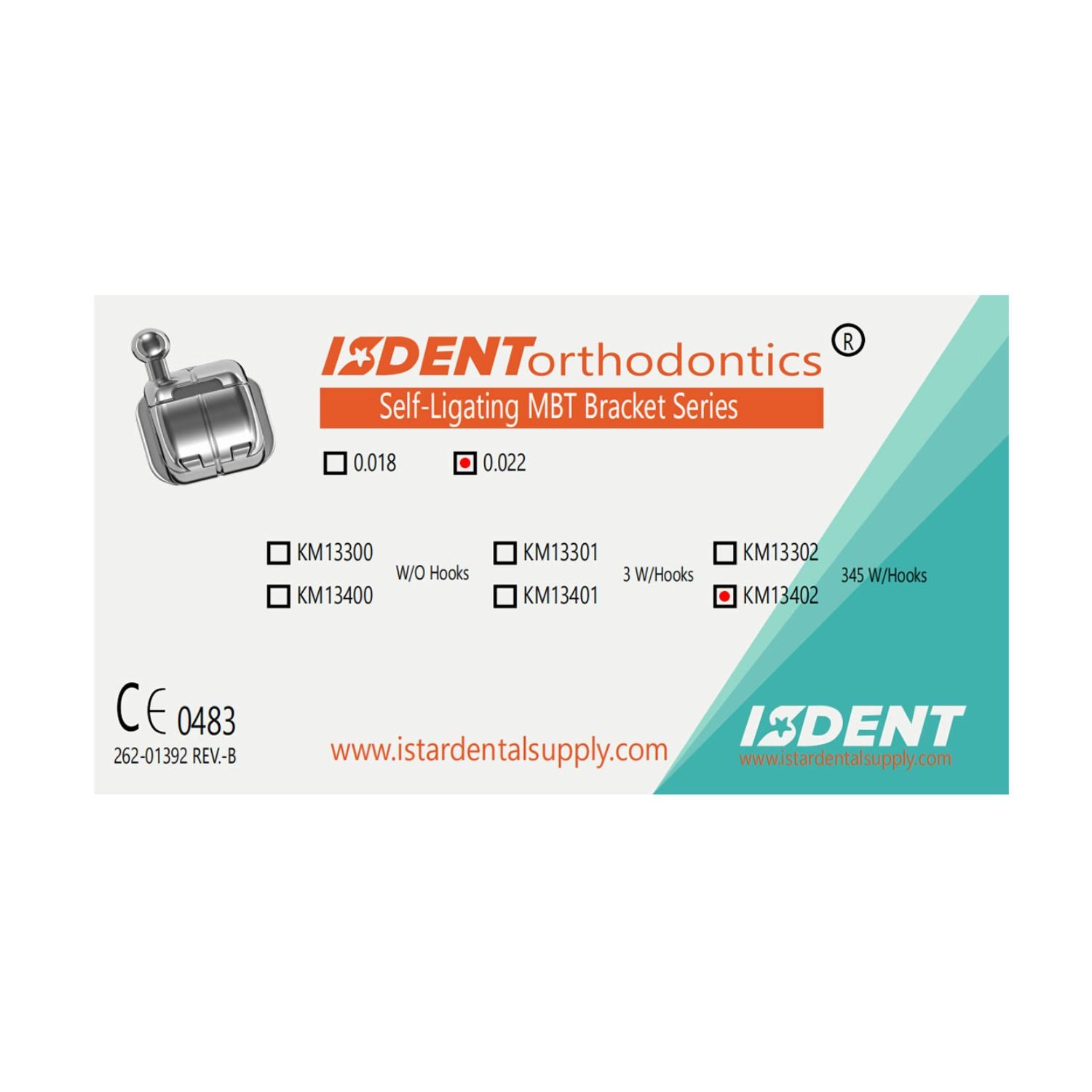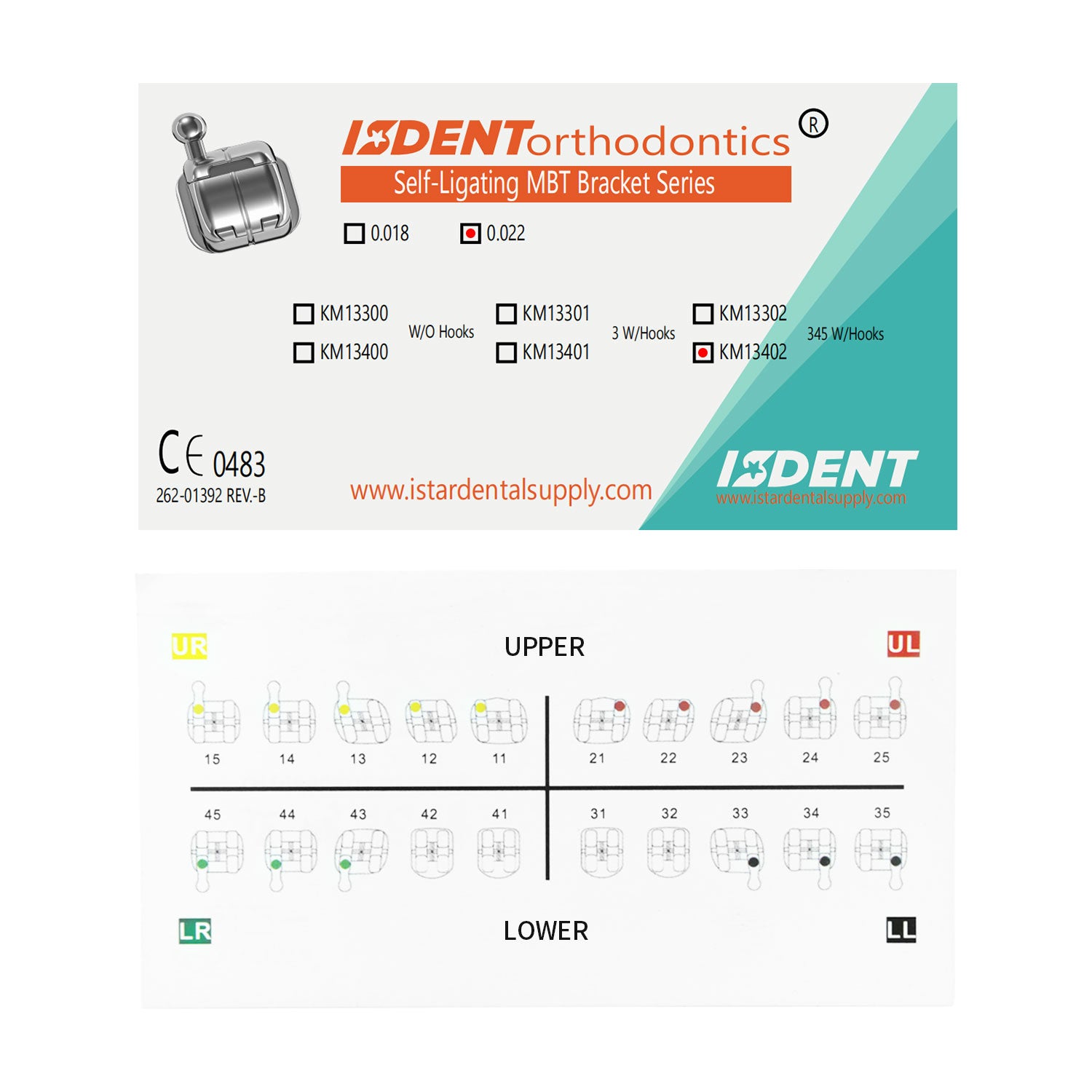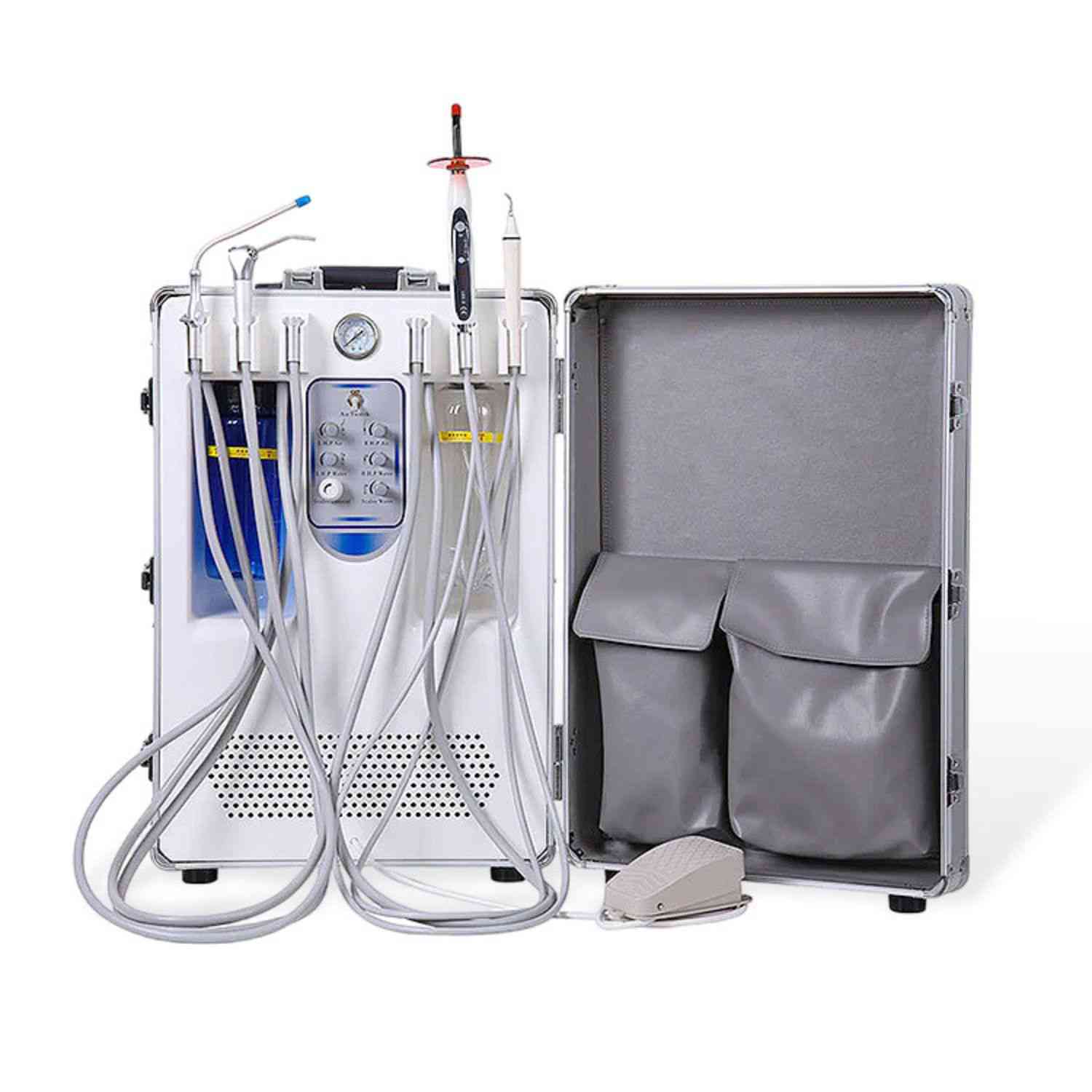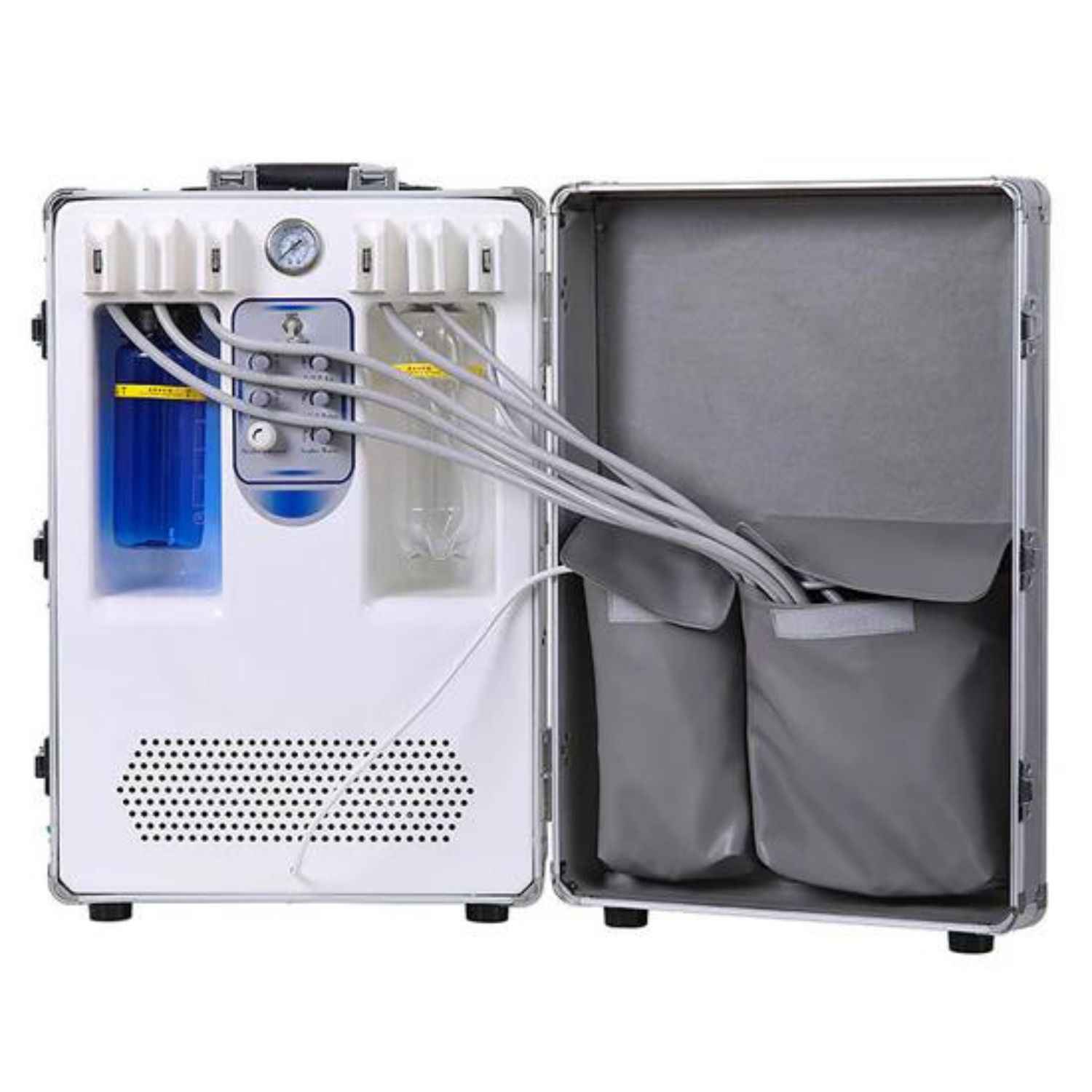Dental electric handpieces and dental air handpieces differ significantly, each having its own advantages and disadvantages.
Please review the differences and comparisons between dental electric handpieces and dental air handpieces in the following six aspects:
1. Power Source:
- Electric Handpieces: Electric handpieces are powered by electricity. They typically feature a motor that drives the handpiece's rotation.
- Air Driven Handpieces: Air-driven handpieces are powered by compressed air. They rely on air pressure to drive the handpiece's rotation.
2. Speed and Torque:
- Electric Handpieces: Electric handpieces offer variable speeds and adjustable torque settings, allowing for precise control over the cutting speed and power. They typically provide higher torque compared to air-driven handpieces.
- Air Driven Handpieces: Air-driven handpieces generally have fixed speeds and limited torque. They operate at high speeds but may lack the torque needed for certain procedures, particularly those requiring more forceful cutting or shaping.
3. Noise and Vibration:
- Electric Handpieces: Electric handpieces tend to produce less noise and vibration compared to air-driven handpieces. This can contribute to a more comfortable experience for both the dentist and the patient.
- Air Driven Handpieces: Air-driven handpieces are known for their high-pitched noise and vibration, which can be unsettling for some patients and may cause fatigue during prolonged use.
4. Control and Precision:
- Electric Handpieces: Electric handpieces offer precise control over speed and torque, allowing for more accurate cutting and shaping of dental materials. They are particularly suitable for delicate procedures that require fine control.
- Air Driven Handpieces: While air-driven handpieces provide high speeds, they may lack the precision and control offered by electric handpieces. They are commonly used for bulk material removal and general dental procedures.

5. Maintenance:
- Electric Handpieces: Electric handpieces require regular maintenance, including cleaning, lubrication, and occasional servicing of the motor and internal components. However, they may have fewer moving parts compared to air-driven handpieces, potentially reducing the need for repairs.
- Air Driven Handpieces: Air-driven handpieces are relatively simple in design and require minimal maintenance. However, they may be prone to issues such as turbine wear and air leaks, which may require more frequent repairs.
6. Cost:
- Electric Handpieces: Electric handpieces tend to have a higher initial cost compared to air-driven handpieces due to their more advanced technology and features. However, they may offer long-term cost savings through reduced maintenance and improved efficiency.
- Air Driven Handpieces: Air-driven handpieces are generally more affordable upfront but may incur higher maintenance and repair costs over time.
Currently, the majority of dentists still use air handpieces. This is because electric handpieces are much more expensive than air handpieces, even though electric handpieces offer greater stability and power.
The choice of which handpiece to purchase depends on your preferences. Browse our list to check the prices of dental handpieces!

